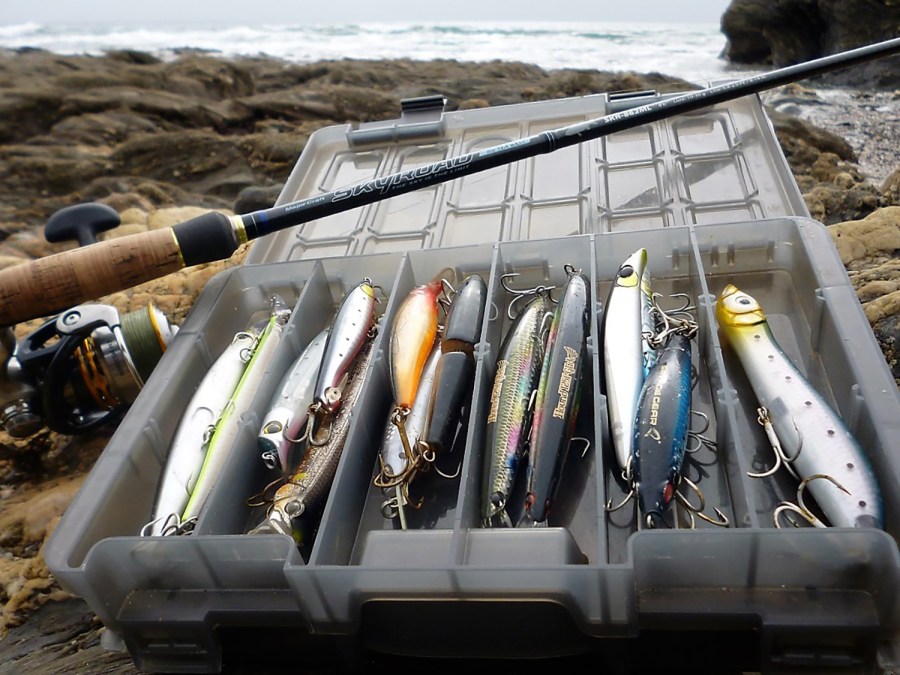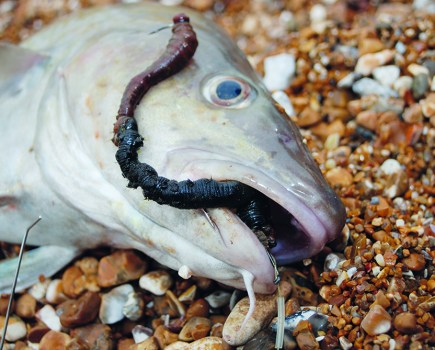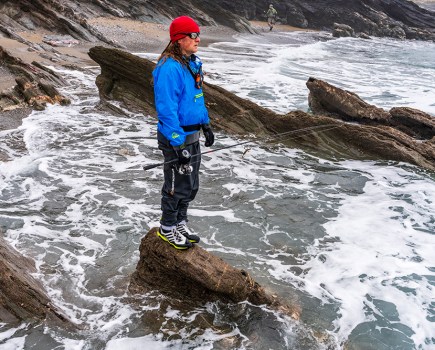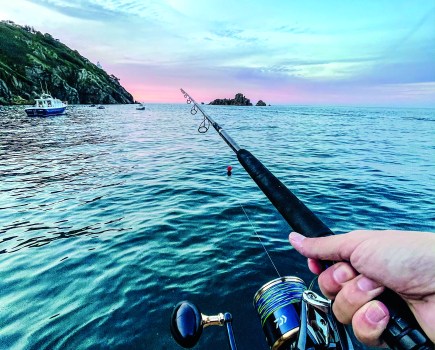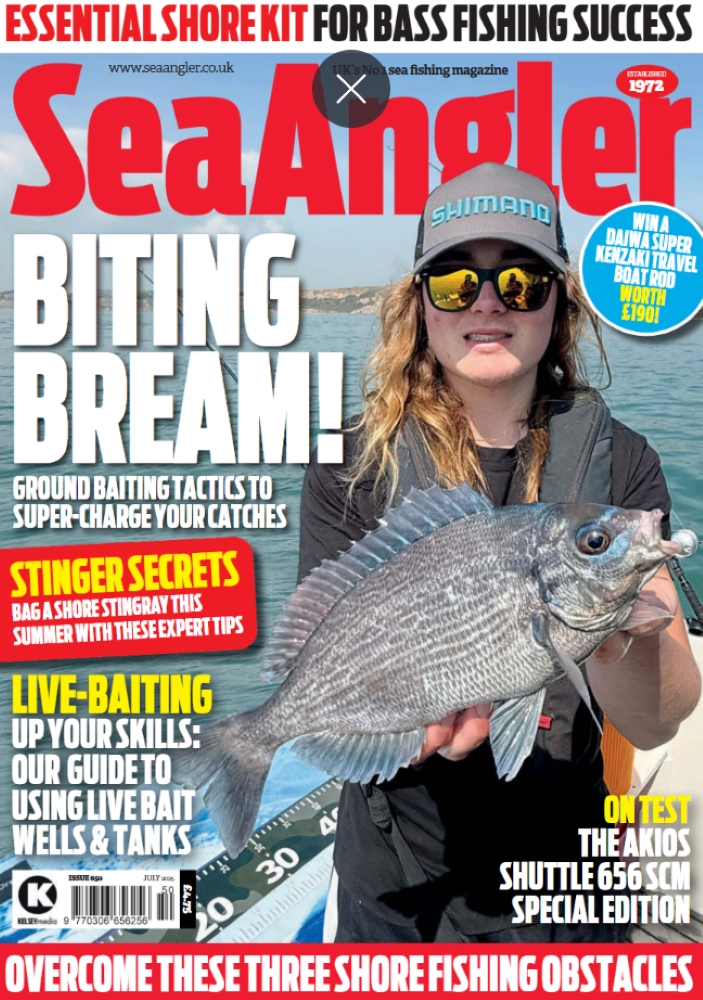Opinions are divided on what should be in a tackle box or bag. The tackle boxes that match anglers use are quite large and often filled to the brim, prepared for all conditions, different disciplines and different types of fish – it should all be there. However, this does not apply to us. We can manage just fine with a small selection. When I empty my fishing bag, which of course has to be waterproof, I find the following:
- Two towels, one on the bottom, which can absorb any (rain) water that might get in, so that not all your stuff gets wet. It also protects the bottom from the grips of the leads and a towel to dry my hands during fishing.
- Four to five grip leads and as many plain leads adjusted for the current and the water I will be fishing.
- A filleting knife, always handy to clean any fish caught.
- Bait needles to set up the bait.
- Rigs, neatly stored in a folder and ready to use.
- A reserve shockleader, in case I tear or damage it.
- A reserve line for tying hook-lines.
- A rubbish bag, after all you are responsible to leave a clean spot behind
- A headlamp.
- A bait box, that newspaper will only get blown away.
My tackle box is also only filled with the bare minimum:
- Two sharp scissors, so that I always have a spare one if I lose one.
- Three or four packs of hooks, so that I can change hooks when I deem this necessary
- Elastic to tie the bait on.
- Spare swivels .
- Beads.
- Zip sliders for when I decide to fish with a sliding system.
- Reserve batteries for the headlamp.
- A tape measure, so that I can always check if a fish has the minimum size when I want to take it home.
- Unhooking tools, I like to use a leftover chop stick from a Chinese meal for unhooking flatfish and an disgorger used by trout anglers for round fish.

